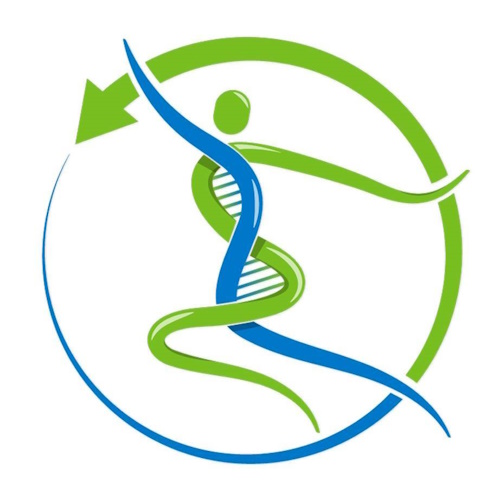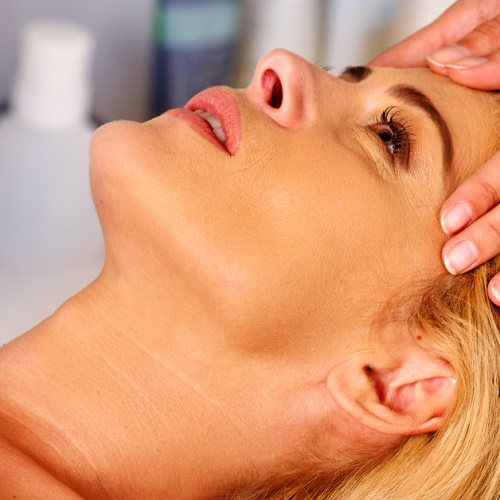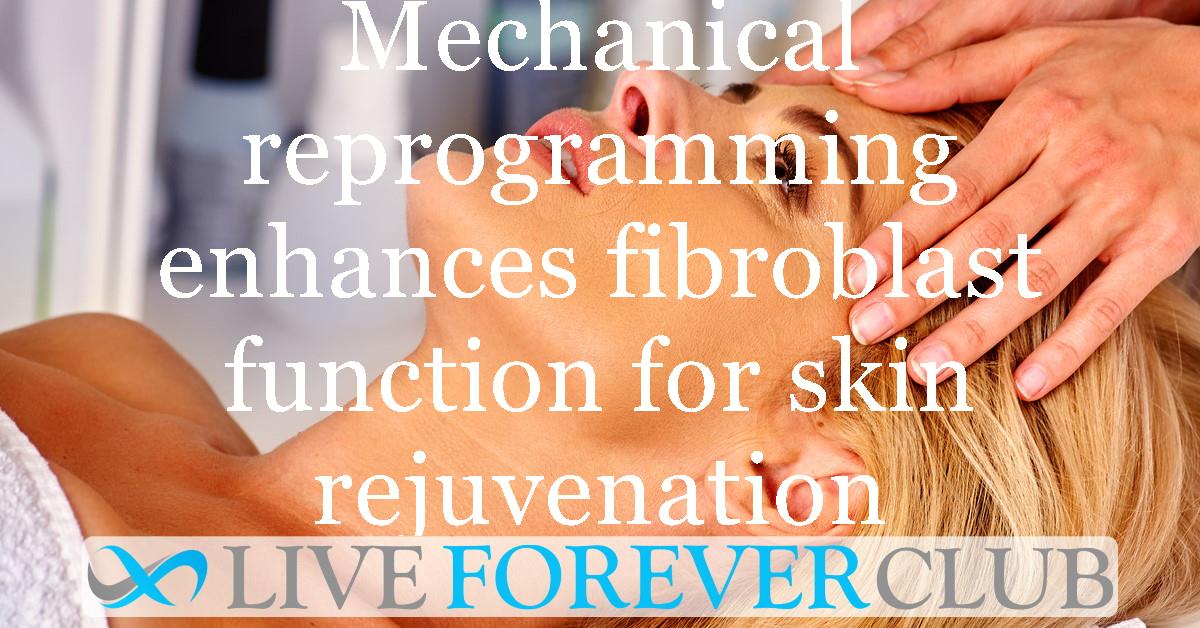Key points from article :
Scientists have found a way to reprogram fibroblasts without chemicals by culturing them on a surface with specific mechanical properties.
These reprogrammed fibroblasts are better at producing the proteins that make up the extracellular matrix (ECM), which is the scaffolding that supports tissues.
When transplanted into aged skin, these reprogrammed fibroblasts can improve wound healing.
The researchers used an in vitro skin model that mimics physiologically relevant young and aged skin tissue.
Implanting only aged fibroblasts resulted in minimal ECM regeneration and remodelling.
However, when the partially reprogrammed fibroblasts were implanted, they underwent re-differentiation, leading to a highly rejuvenated fibroblastic cell state.
The research was carried out at the Paul Scherrer Institute and ETH Zurich; published in Aging Cell.








